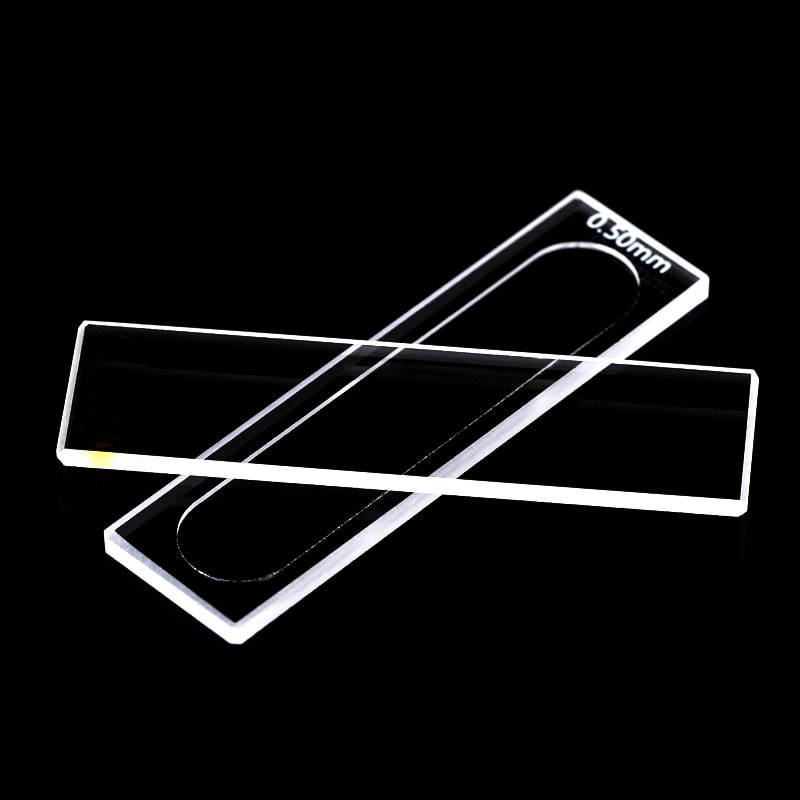Spectrophotometry, which reveals the mysteries behind light transmittance and absorption in particular wavelengths, is an essential method of discovery in science. Cuvettes are essentially the vessel at the heart of the process, and contains samples to be examined. They may seem simple, but their design intricacies, from cuvette length and material selection, hold the key to obtaining accurate data on substance concentration and quality. Explore the world of cuvettes as well as their dimensions. They impact the outcomes of all research.
Power of Cuvette Pathlength
Imagine that a beam passes through an object. The outcome is determined by the length of the path that is taken by the cuvette. This is the distance light travels in the liquid. Many laboratories employ the standard cuvette that has 1 cm of path. This is the best compromise between practicality and sensitivity. Why is it important? The longer the path extended, the greater amount of light is absorbed. This will increase the intensity of small samples. For concentrated solutions, such as nucleic or protein acids, a short pathway length can change the game. It eliminates the need to dilute, which is great for conserving precious samples and cutting back on the amount of preparation time. What’s the main takeaway from this? It’s a fine art to align the length of a path with samples’ requirements. This can improve accuracy.

Image credit: cuvet.co
Cuvette Dimensions and Size Cuvette Dimensions and Size: There’s More than you think
The size of the cuvette isn’t only about how much liquid fits within it, it’s also about how it interacts with the spectrophotometer. Each cuvette is made for an exact task and comes in a range of shapes and sizes. For example, semi-micro cuvettes with smaller dimensions and thicker walls handle tiny samples like a few microliters of an uncommon biological extract. The walls of a cuvette that are thicker reduce the interior space, which allows light to flow through a sample that is condensed without losing a drop. This is an enormous improvement over a conventional cuvette. It needs smaller steps to pipette, is less susceptible to errors and delivers results that are solid. It’s a clever modification that shows that size isn’t just a quantity, but a strategy.
The 1cm path length Cuvette is one of the lab’s most popular
What’s the reason that the cuvette’s 1 cm length is so popularly used in lab experiments? This is the best place for biological tests where every milliliter is important. This standard design gives consistent absorbance readings without overwhelming the detector. This makes it ideal for everything from DNA purity checks to enzyme tests. But it’s not a one-size-fits-all hero. If you substitute it for a cuvette that has distinct geometry or length, for instance one used in emission studies, the results can be wildly distorted. Choosing the right instrument is important, and not only using the one you are comfortable with. A tool that isn’t matched is comparable to a cuvette that’s not properly matched.
Material Matters Beyond Path and Size
Cuvette dimensions tell only half the story material choice seals the deal. The high transmission rates of glass and quartz cuvettes allow light to flow through without interference. They’re strong, durable and ideal for challenging tasks in spectroscopy. However, plastic cuvettes offer affordability and ease of use. They can be used and thrown away. There’s no need to wash or clean up after, and no risk of cross contamination. They’re perfect for quick DNA or testing RNA and also for aqueous solutions. The downside? Lower accuracy at certain wavelengths. The purists would prefer quartz, while pragmatists may prefer plastic.
Perfect Practice and Precision
Cuvettes’ versatility is the reason they are so attractive. Shorter lengths of path options with spacers can handle concentrated samples with precision, while larger vessels are able to handle greater quantities. Each choice of path length, size, or material will ripple through the lab which affects the clarity of the outcomes. Think about a lab that measures an uncommon protein: A semi-micro cuvette that has an elongated path avoids the hassle of dilution, and can provide reliable results quickly. When you compare this to an ill-advised cuvette swap mid-experiment and you find that the results are deformed and distorted, there’s no reason to be surprised. This is a reminder that in spectrophotometry the tiny details have the greatest impact.
Cuvettes might be small yet their importance is immense. From the 1cm length cuvette, to custom-designed dimensions, these vessels are able to bridge the gap between sample and insight. When it comes to purity or concentration, the right cuvette turns an excellent measurement into an outstanding one that proves that in science, precision starts with the tools on the ready.